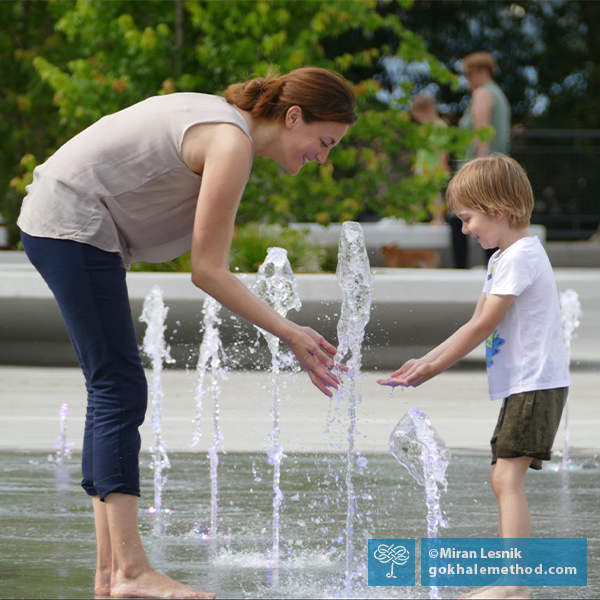The #1 Reason Parents Get Back Pain
Respecting the Neck: The Eyes Have It
My passion for researching posture has taken me far and wide. I was in a village in Burkina Faso in western Africa when I first noticed how people there would track the conversation from speaker to speaker mainly by using their eyes, rather than by turning their heads. Along with their excellent body posture it contributed to a strikingly well-centered, dignified bearing.
This young man in Burkina Faso demonstrates the dignified bearing that comes with an appropriate amount of eye tracking.
Comparing what I saw in Burkina Faso with what I was used to seeing back home, I realized that in the US, and the wider industrialized world, we move our eyes a good deal less and our necks a good deal more
How to Sit on the Floor, Part 1: Cross-legged Sitting
This is the first post in our multi-part series on floor sitting. For Part 2 on squatting, click here.
Sitting cross-legged on the floor is common in many cultures around the world, and has become popular in some segments of modern Western societies.
This Druze woman who I met in Israel has sat cross-legged all her life. She runs a hospitality business — all the food is laid out on the floor and the guests sit along the periphery of the room. She is at ease in this position for extended periods with her back remaining upright and relaxed.
In this temple in Bhubaneswar, devotees sit cross-legged for extended periods in performing rituals.
These Buddha figures in Thailand show relaxed, healthy

